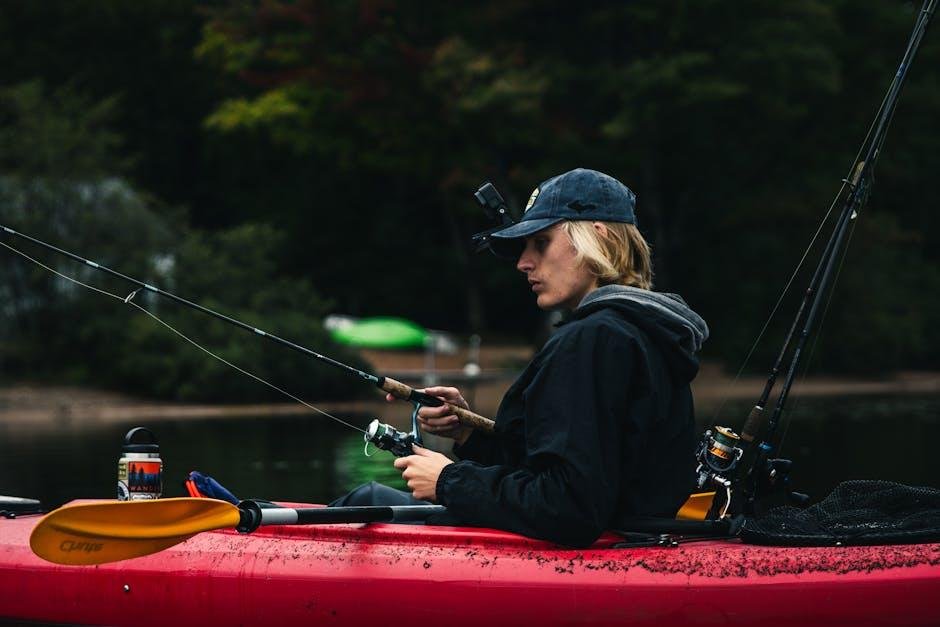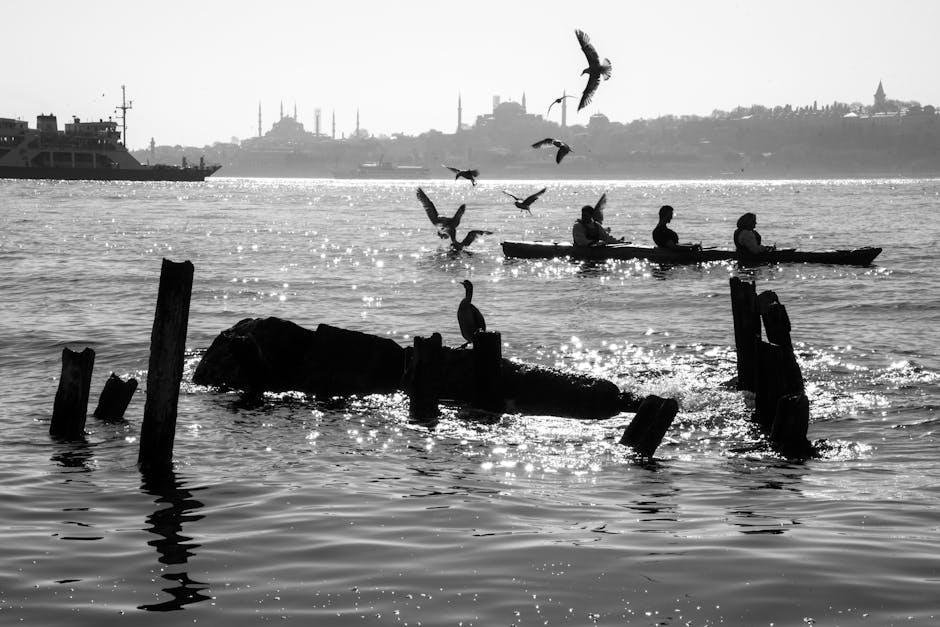Packing a kayak may seem like a straightforward task, but achieving optimal stability on the water requires a blend of strategy and finesse. Whether you’re preparing for a tranquil afternoon paddle across a serene lake or gearing up for an adventurous weekend in the open ocean, how you load your kayak can significantly impact your experience. In this article, we will explore essential techniques for packing your kayak to enhance its stability, ensuring a smoother ride and allowing you to feel more at one with the water. From weight distribution to securing gear, we’ll guide you through thoughtful packing methods that will not only improve your balance but also elevate your overall kayaking experience. So grab your gear, and let’s dive into the art of efficient kayak packing!
Understanding Weight Distribution for Optimal Balance
Achieving the right balance in your kayak starts with understanding how to distribute weight effectively. Weight distribution affects your kayak’s stability, performance, and maneuverability on the water. It is crucial to position heavier items low in the hull and towards the center to maintain a stable center of gravity. Bear in mind that uneven weight can lead to capsizing or difficulty in steering, possibly affecting your overall experience on the water. Consider the following tips for optimal weight distribution:
- Place heavy gear (like extra food or water) closer to the cockpit.
- Distribute lighter items, such as clothing and camping gear, towards the ends of the kayak.
- Secure items to prevent shifting during movement.
- Test your setup on dry land to gauge balance before hitting the water.
To assist with visualizing your kayak’s weight distribution, the table below highlights different gear categories and their ideal positioning within the kayak:
| Gear Type | Ideal Position | Weight Consideration |
|---|---|---|
| food Supplies | Center | Medium to heavy |
| Clothing | Bow/Stern | light |
| Camping Equipment | Center/Bow | Medium |
| Fishing Gear | center | Medium to light |

Choosing the Right Gear: Essentials for a Steady Ride
When embarking on a kayaking adventure, the gear you choose is paramount for ensuring a stable and enjoyable experience. Opt for a kayak designed specifically for your intended water conditions, whether you’re braving rapids or gliding across calm lakes. Consider these key items for maximizing both stability and performance:
- Life Jacket: A properly fitted PFD ensures safety while providing buoyancy.
- paddle: Choose a lightweight paddle that matches your height and paddling style.
- Deck Line: Attach a sturdy line for quick access to gear and securing your kayak.
- Footwear: Non-slip shoes or sandals enhance grip while entering or exiting the kayak.
Equally critically importent is gear placement within your kayak. Balancing the load is crucial for maintaining an even keel, which prevents tipping.Here’s a simple guide for packing essentials:
| Item | Location | Purpose |
|---|---|---|
| Cooler | Center | Weight distribution & refreshments |
| Dry bags | Front | Protect items from water |
| Fishing gear | Rear | Stability & access |

Securing Your Load: Techniques for Stability on Water
When packing your kayak, the weight distribution plays a critical role in ensuring stability. To achieve balance, position heavier items low in the kayak and toward the center. This minimizes the center of gravity, reducing the risk of tipping over. Use straps or bungee cords to secure your gear tightly, preventing any shifting during your paddle. Here are some key points to keep in mind:
- Place heavier items first: Store your larger, heavier gear towards the cockpit.
- Use dry bags: Protect your belongings by utilizing dry bags that can also help with buoyancy.
- Leave space for foot movement: Retain enough room for your feet to move freely without restriction.
Along with weight distribution, strategically packing smaller items can further enhance stability. It’s critically important to fill any gaps with lighter gear, using items like clothing or towels. This fills voids, reducing the chance of water disrupting your load. Below is a simple table highlighting packing tips:
| Item Type | Recommended Placement | Tip |
|---|---|---|
| Cooking Gear | Near the stern | Pack in durable containers |
| Clothing | In gaps between gear | Use for extra cushioning |
| Emergency Kit | Accessible area | Keep on top or in front |
By implementing these techniques, you’ll not only secure your load but also maximize your kayaking experience by ensuring safety and stability on the water.

Testing Stability: Strategies for a Successful Kayaking Experience
to ensure your kayaking experience is stable and enjoyable, its crucial to pack your kayak efficiently. Start by distributing your gear evenly across the kayak. Place heavier items, such as coolers or camping gear, in the center of the kayak to lower your center of gravity and enhance stability. Next, pack lighter items, like clothing and snacks, towards the ends. This balance will help prevent tipping and keep the kayak upright as you navigate through the water. Remember, a well-organized kayak not only improves comfort but also enhances safety on your journey.
Utilizing waterproof bags can further contribute to stability and safety. Make sure to secure all items to avoid sudden shifts in weight while paddling. Here are some essential packing tips:
- Weight Distribution: Balance heavy and light items across the kayak.
- secured Gear: Keep all items tied down to prevent movement.
- Accessible Items: Place frequently used items near the top or in compartments for easy access.
Additionally, consider the type of kayak you are using. Each model has unique characteristics that effect how it handles weight. Before embarking on your adventure,consult the manufacturer’s guidelines to optimize your packing strategy for maximum stability.
Concluding Remarks
As you embark on your next kayaking adventure, remember that the key to a safe and enjoyable experience frequently enough lies in the way you pack your kayak. By prioritizing stability and adhering to the tips outlined in this guide, you not only enhance your own safety but also maximize your enjoyment on the water. Take the time to assess your gear, distribute the weight evenly, and secure everything properly. With practice,packing your kayak will become second nature,allowing you to focus more on the tranquil beauty around you and the thrill of gliding through the water. So go ahead, set forth on your journeys with confidence, knowing that with each stroke of the paddle, you are also anchored in smart preparation. Happy paddling!
